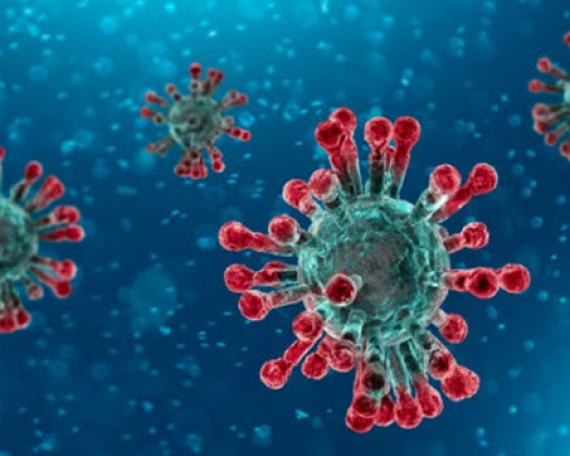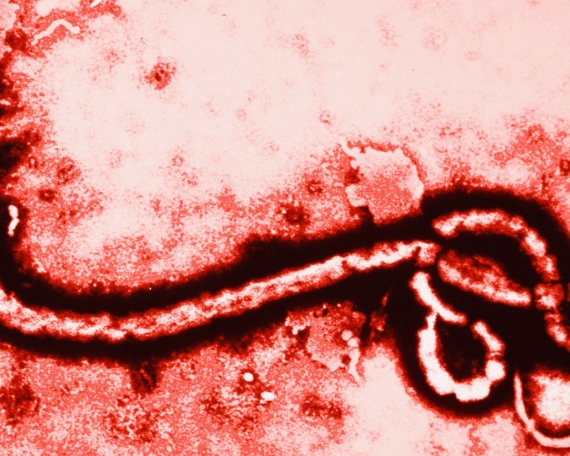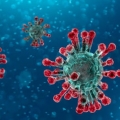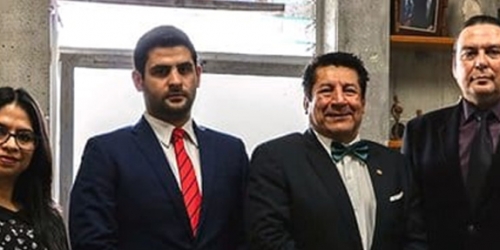Pain is one of the most common reasons for seeking medical care in our society. While acute pain, which results from an injury or illness, typically can be easily remedied, chronic pain persists long after the injury or illness is gone.
Here are some new pain treatments that may help if you struggle with chronic pain:
Headache Pain
Occipital nerve stimulator
This implantable electronic device, about the size of a credit card, allows patients to activate it at the first sign of a headache. The device stimulates the brain to make a morphine-like substance that helps alleviate the pain.
IMATCH, a three-week intensive outpatient program
Patients who experience severe headaches several days per week need intensive therapy. Cleveland Clinic’s IMATCH program focuses on improving a patient’s ability to function, rather than on completely eliminating pain.
Botox and nerve blocks
For treating migraine, tension or chronic headaches that don’t respond to other medications, physicians use Botox®, the popular anti-wrinkle agent. Botox injections offer temporary pain relief for up to four months. Nerve blocks, which require a minimally invasive procedure, can offer relief for up to nine months.
Back Pain
Transdiscal biacuplasty
Radiofrequency waves have shown success in significantly reducing back pain and improving functionality for patients with chronic low back pain.
Cooled radiofrequency ablation
This new minimally invasive procedure treats sacroiliac joint pain and may offer long-term relief.
Balloon kyphoplasty
This minimally invasive procedure can offer pain relief for patients with vertebral compression fractures.
Complementary therapy
Acupuncture and an anti-inflammatory diet, coupled with regular exercise also can reduce low back pain.
Cancer Pain
Nerve blocks
Local anesthetics are injected near the nerves involved in transmitting pain signals and may help temporarily block the pain. Neurolysis, a longer-acting technique that uses alcohol or phenol to block pain signals, may provide pain relief for three to six months.
Intraspinal drug infusion systems
Implantable pumps deliver a small amount of pain medication directly to the spinal fluid that bathes the spinal cord. Other treatment options include pain medication delivered through external pumps.
Radiation therapy
Although radiation therapy may not cure the cancer, it can be a pain management tool when used to shrink the tumor and reduce pain.
Adjuvant drug therapies
Traditionally not considered first-line cancer pain therapies, drugs such as antidepressants, anticonvulsants, corticosteroids and others may offer pain relief.













